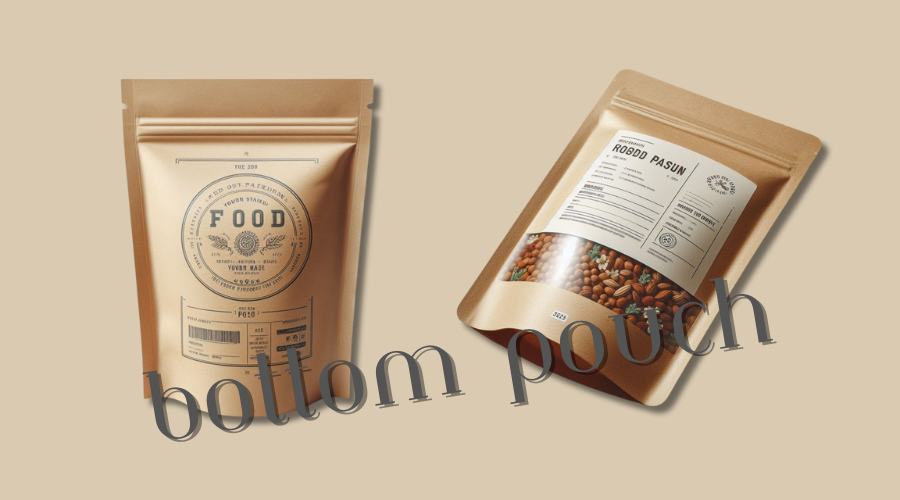
Feb 2,2024
In the dynamic world of packaging, the custom flat-bottom pouch has emerged as a versatile and innovative solution. This article aims to unravel the mystery behind custom flat-bottom pouches, delving into their unique features and the myriad benefits they bring to the table.
Custom flat-bottom pouches, often called flat-bottom bags or block-bottom bags, are a modern packaging solution characterized by their distinct rectangular shape at the bottom. Unlike traditional packaging, these pouches stand upright effortlessly, providing stability and an attractive display for various products.
The standout feature of custom flat bottom pouches is their bottom design. When filled, the flat, rectangular base expands, creating a stable foundation that allows the pouch to stand upright on shelves. This design not only enhances visibility but also maximizes shelf space utilization.
Custom Printed Flat Bottom Pouch
The flat bottom design provides a canvas for vibrant and eye-catching graphics, ensuring your product grabs attention on crowded retail shelves. This enhanced visibility contributes to increased sales and brand recognition.
The stable, flat bottom allows for efficient stacking, making the most out of limited shelf space. This is especially crucial in retail environments where every inch matters.
Custom flat-bottom pouches are versatile and can be tailored to various product types, including snacks, coffee, pet food, and more. The customizable design allows for unique branding opportunities, contributing to a memorable consumer experience.
The pouch's flat bottom structure enhances its overall strength and durability. This ensures the product's safety during transit and prevents accidental spills or leaks.
Many manufacturers offer eco-friendly materials for custom flat-bottom pouches, aligning with the growing consumer demand for sustainable packaging solutions. This makes them an environmentally conscious choice for businesses looking to reduce their ecological footprint.
Custom flat-bottom pouches allow for extensive design customization, enabling businesses to create packaging that aligns with their brand identity. The design possibilities are endless, from choosing specific colors to incorporating unique logos and graphics. This level of customization reinforces brand recognition and establishes a visual connection with consumers, making the product more memorable on the shelves.
Flat bottom pouches often have advanced barrier properties, protecting the contents from external elements such as moisture, light, and air. This ensures the freshness and quality of the product over an extended period, making them particularly suitable for items like coffee, snacks, or pet food that require extended shelf life.
The design of custom flat-bottom pouches includes features that enhance user-friendliness. Resealable zip closures, tear notches, and easy-open options contribute to consumers' convenience. These features not only improve the overall user experience but also prolong the freshness of the packaged product.
Flat-bottom pouches are often more cost-effective than traditional rigid packaging options. Their efficient use of materials, reduced weight, and ease of transportation contribute to lower production costs. This cost-effectiveness can benefit businesses looking to maintain quality packaging without exceeding budget constraints.
The versatility of flat-bottom pouches extends across various industries, from food and beverages to pharmaceuticals and cosmetics. Their adaptability makes them suitable for packaging a wide array of products, meeting the diverse needs of different businesses.
In summary, the benefits of custom flat-bottom pouches extend far beyond their visually appealing design. With optimal space utilization, enhanced shelf presence, user-friendly features, and versatile applications, these pouches are a strategic choice for modern packaging solutions. Businesses seeking a combination of functionality, aesthetics, and cost-effectiveness should explore the advantages that custom flat-bottom pouches bring to the table.